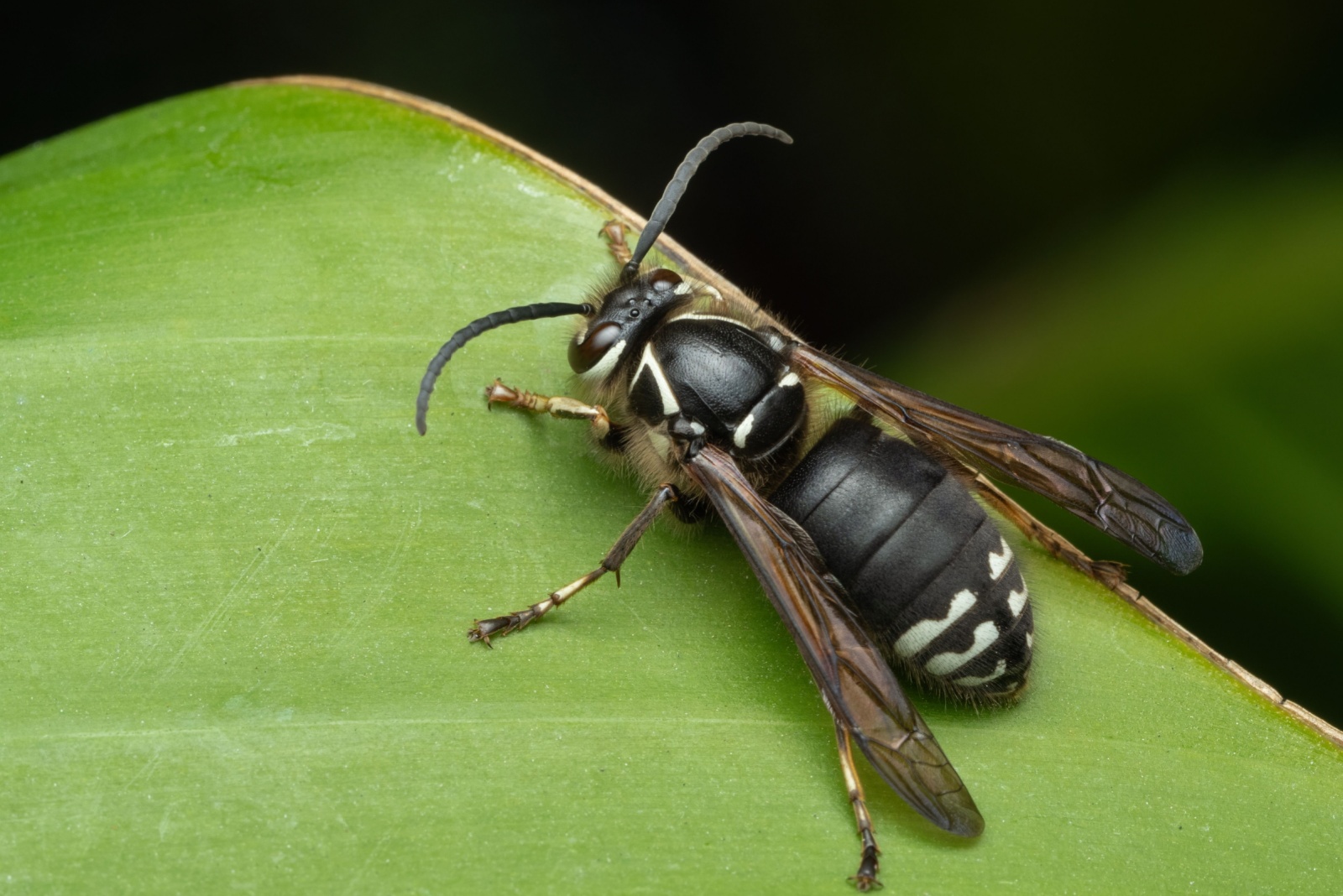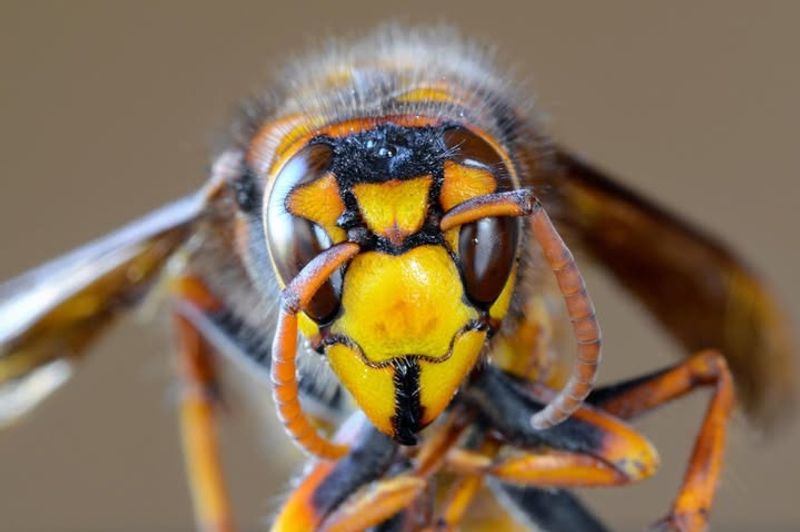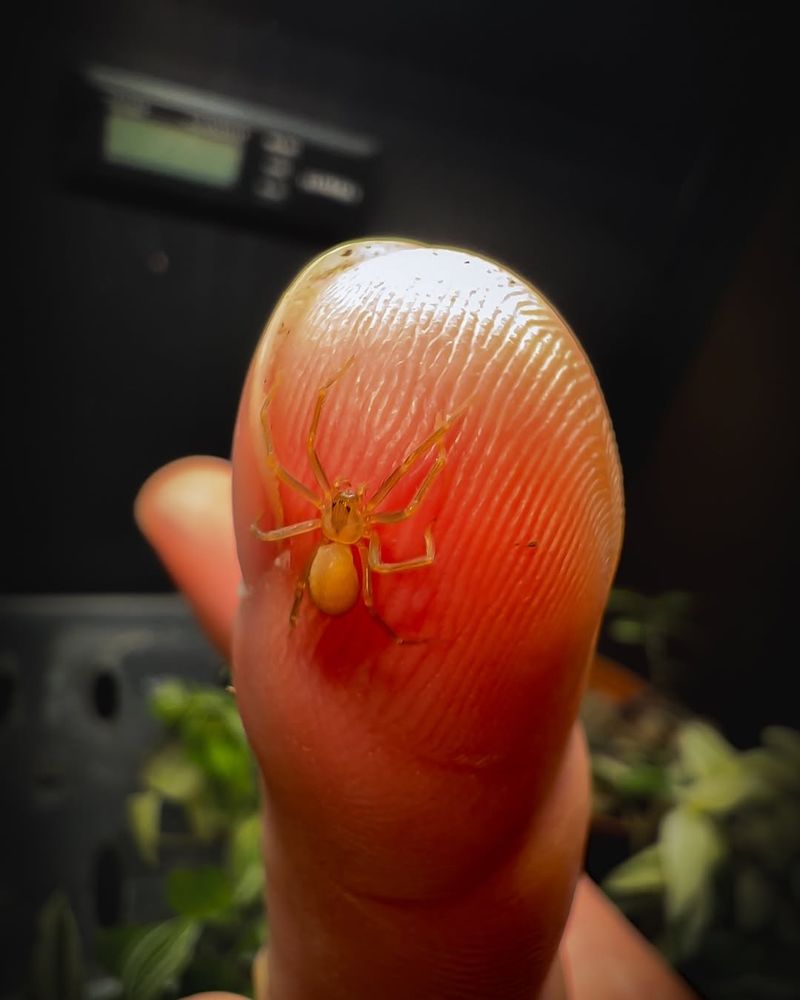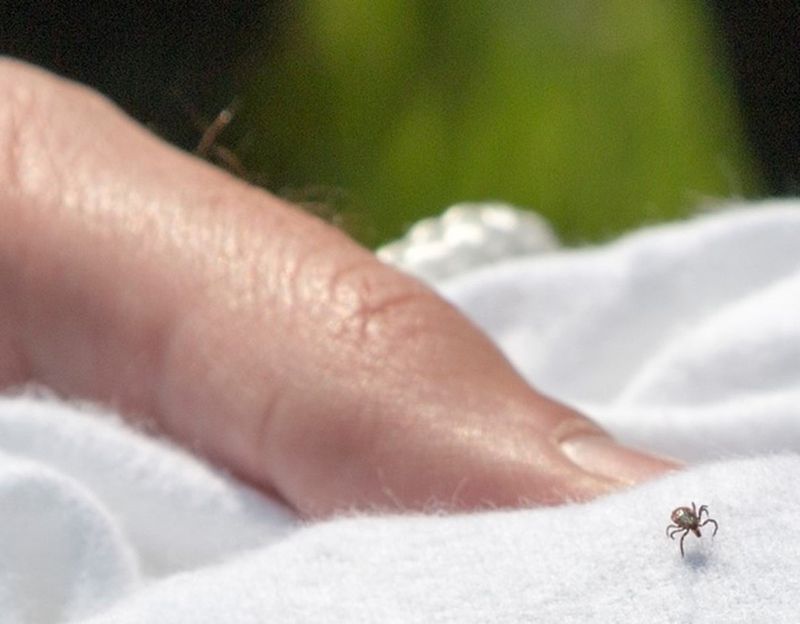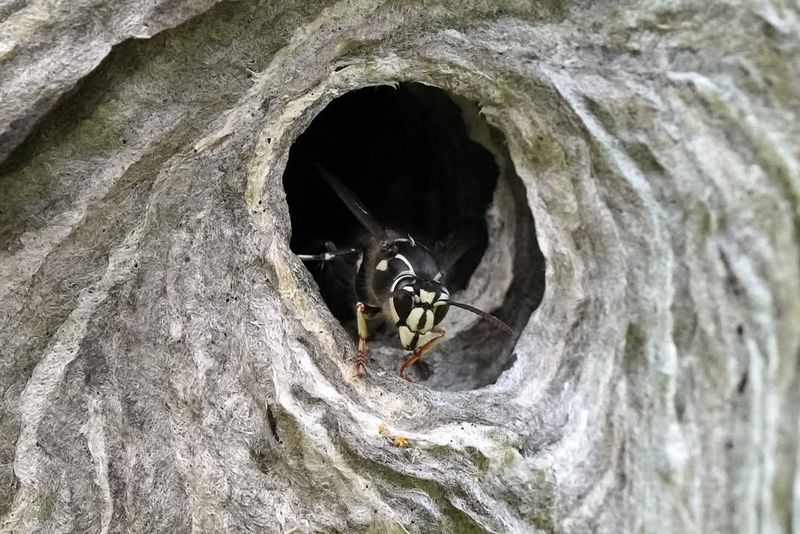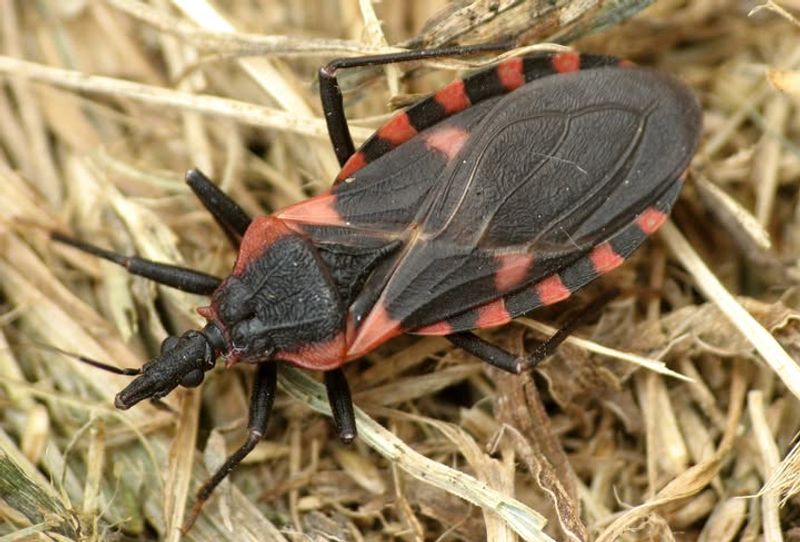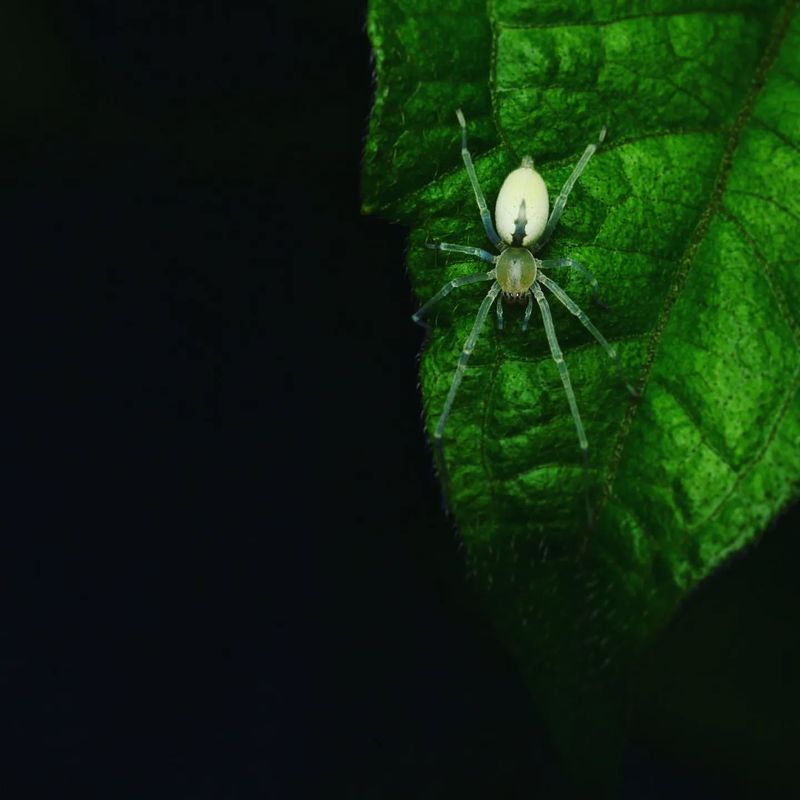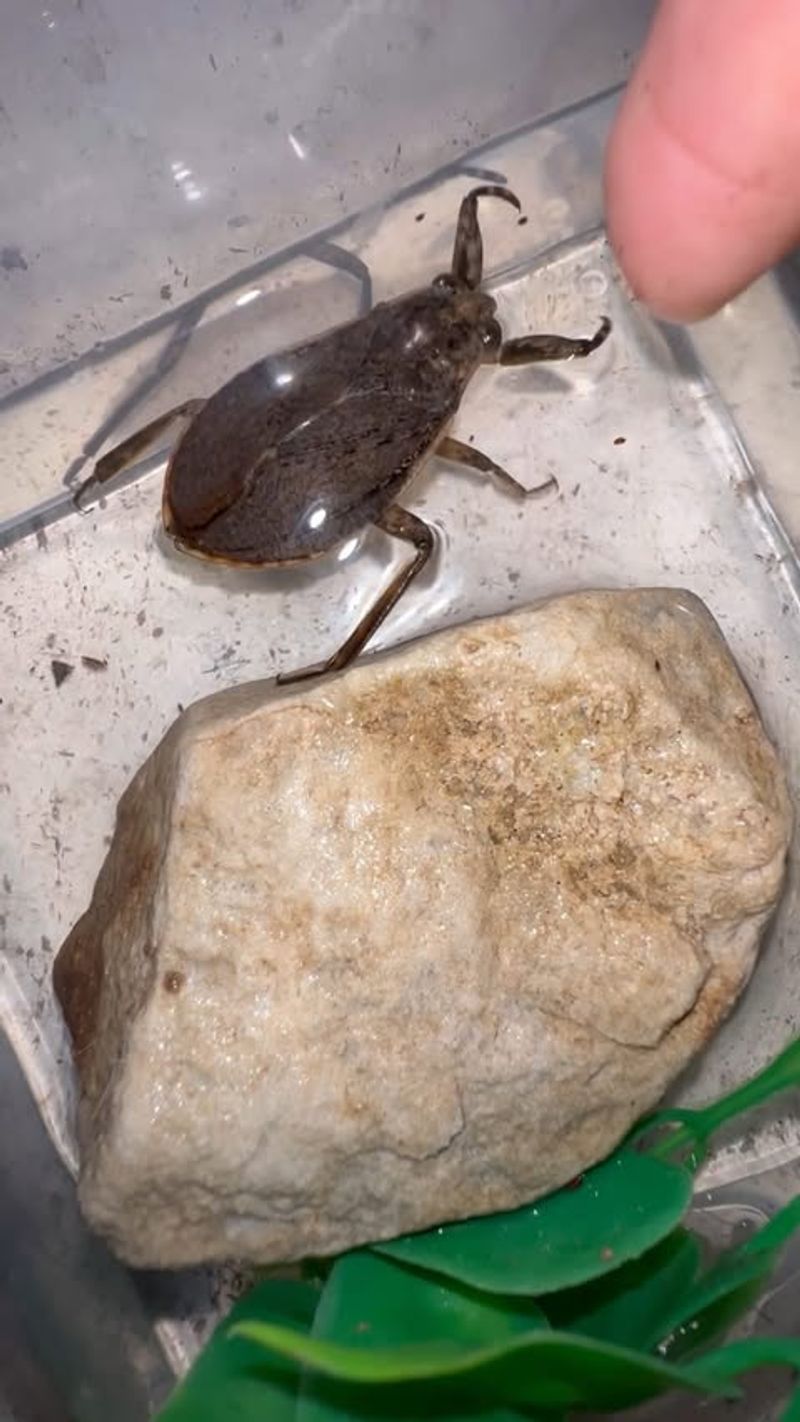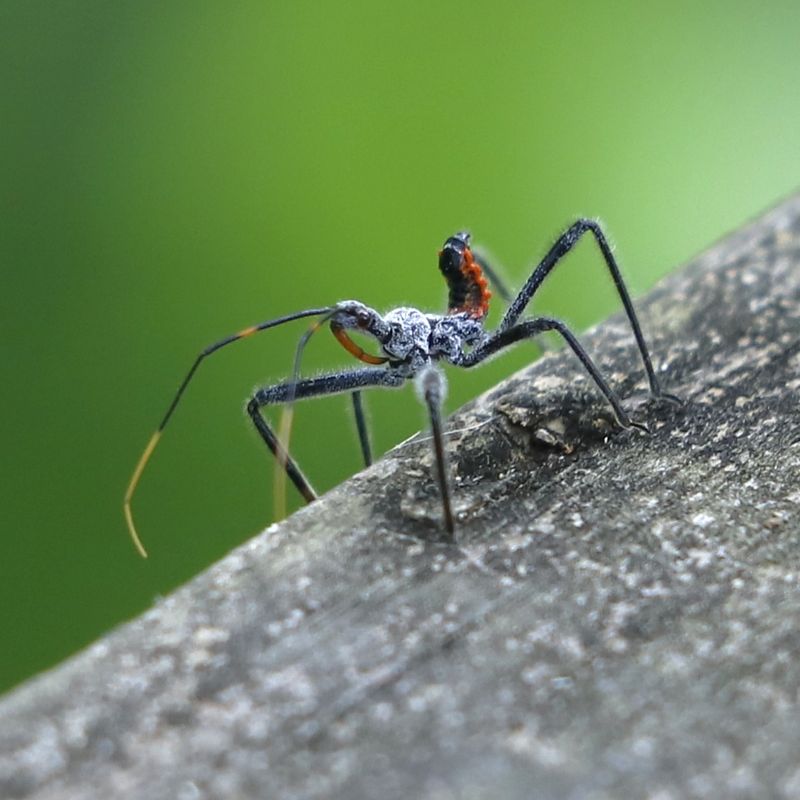Living in Illinois means dealing with more than just harsh winters and humid summers. Some insects in the Prairie State can pose serious threats to your health, property, and peace of mind.
Knowing which bugs deserve immediate action can protect your family and home from painful bites, dangerous diseases, and costly damage.
1. Asian Giant Hornet
Nicknamed the murder hornet, this invasive species packs a venomous punch strong enough to hospitalize people. Their stings feel like hot metal piercing your skin, and multiple attacks can prove fatal to those with allergies.
Measuring up to two inches long, they’re impossible to miss. If you spot one near your property, contact pest control immediately rather than attempting removal yourself.
Their aggressive behavior near nests makes them especially dangerous to curious kids and pets.
2. Brown Recluse Spider
That violin-shaped mark on its back isn’t just for decoration—it’s nature’s warning label. Brown recluse bites cause tissue death around the wound, creating ugly scars that can take months to heal.
They love hiding in dark corners, closets, and storage boxes throughout Illinois homes. Shake out shoes and clothing before wearing them, especially items stored in basements or garages.
Medical attention within 24 hours of a bite significantly improves recovery outcomes and reduces scarring.
3. Blacklegged Tick
Smaller than a sesame seed, these tiny bloodsuckers carry Lyme disease throughout Illinois woodlands and tall grass areas. Early Lyme symptoms mimic the flu, but untreated infections attack your joints, heart, and nervous system.
After outdoor activities, conduct thorough body checks on everyone, including pets. Remove attached ticks with fine-tipped tweezers, pulling straight up without twisting.
Save the tick in a sealed container for identification if symptoms develop later.
4. Bald-Faced Hornet
Despite their name, these aggressive insects are actually yellowjackets wearing tuxedos. They build football-sized paper nests in trees and under eaves, defending them with frightening determination.
A single guard can summon dozens of colony members within seconds when threatened. Their smooth stingers allow repeated attacks, injecting venom that causes intense pain and swelling.
Never attempt DIY nest removal—professionals have protective gear and proper chemicals for safe elimination of these territorial defenders.
5. Kissing Bug
Don’t let the romantic name fool you—these nighttime biters spread Chagas disease through their infected feces. They target sleeping victims, feeding on faces near the mouth and eyes without detection.
Illinois has seen increasing reports of these insects in recent years. Seal cracks around windows, doors, and foundations to prevent entry into homes.
If bitten, watch for swelling at the site and flu-like symptoms that could indicate infection requiring medical evaluation.
6. Yellow Sac Spider
Pale and seemingly harmless, these common house spiders deliver bites that rival brown recluse severity. Their venom causes burning pain, blistering, and sometimes necrotic wounds requiring medical treatment.
Active hunters rather than web-builders, they roam walls and ceilings at night searching for prey. Check bedding and clothing before use, as they often seek shelter in fabric folds.
Reducing indoor insect populations naturally decreases yellow sac spider numbers by eliminating their food sources.
7. Giant Water Bug
Called toe-biters for good reason, these aquatic predators mistake wading feet for prey and deliver excruciating bites. Growing up to four inches long, they’re among North America’s largest true bugs.
Their saliva contains digestive enzymes that liquefy tissue, causing intense pain lasting hours. Found in Illinois ponds, lakes, and slow streams, they’re attracted to underwater lights at night.
Wear water shoes when swimming in natural bodies of water, especially after dark when these hunters become most active.
8. Wheel Bug
That medieval-looking crest on its back matches its weapon-grade bite. Wheel bugs are beneficial predators eating garden pests, but handling them triggers defensive strikes more painful than wasp stings.
Their curved beak injects enzymes that immobilize prey—and cause burning agony in humans unlucky enough to grab one. Pain can persist for days, accompanied by numbness and swelling.
Appreciate these helpful insects from a distance, and teach children never to touch any bug with a prominent back ridge.

